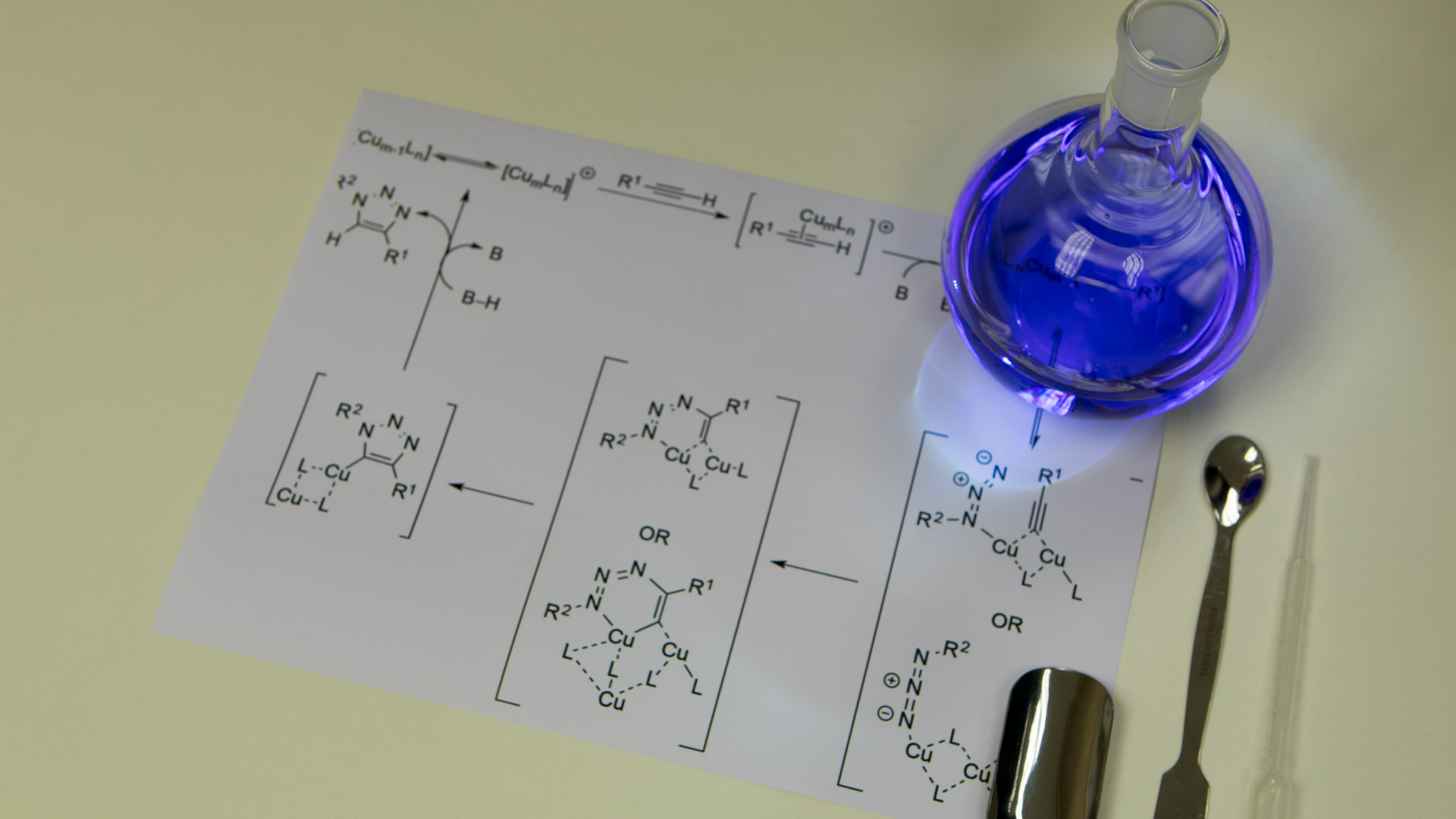Many of you have probably noticed that natural and organic products have grown in popularity over the past few years. But what exactly is the difference between an organic and inorganic chemical? To better understand, let’s use an analogy. Organic vs. Inorganic Chemistry: What Are the Differences? There is a difference between organic and inorganic chemistry, but the difference is not clear-cut. For comparison, let’s think of chemistry as a convergence of organic and inorganic chemicals. Inorganic chemistry includes all minerals, gases, and other compounds of elements that are not carbon-based. On the other hand, organic chemistry consists of all compounds of carbon. Organic compounds are often referred to as carbon-based organic compounds.
Organic chemistry is a field of chemistry in which organic compounds (compounds containing carbon) are studied. Organic chemistry builds on inorganic chemistry, which studies inorganic (non-organic) compounds. Inorganic chemistry involves the study of atoms and molecules—including their structure, bonding, and reactivity—and compounds that do not contain carbon. The field of organic chemistry focuses on the study of compounds containing carbon.
Organic Chemistry
Organic Chemistry is the study of carbon-based compounds, including molecules of natural and synthetic origin. The field of organic chemistry involves the study of carbon, an essential yet highly versatile element, in all its elements.
Organic chemistry is when a compound contains carbon. Carbon is everywhere. Some carbon is inorganic, such as graphite and diamond, and we use them in gadgets. The word carbon comes from the Latin word for coal. The disparity between organic and inorganic chemistry is simple: organic chemistry studies carbon-containing molecules, while inorganic chemistry studies noncarbon compounds.
Organic Chemistry is the study of compounds containing carbon, hydrogen, and oxygen. These compounds are the basic building blocks of our world, and organic chemistry is the study of how carbon, hydrogen, and oxygen are bonded together. Organic chemistry is also the study of how these bonds can be broken and reformed. There are 30 elements on the periodic table, and each has unique properties that allow us to study how properties change and evolve when elements are combined in different combinations.
Organic Chemistry is the study of the chemical properties of carbon compounds, carbon-centered compounds, and organic compounds. Studying organic chemistry gives us a better understanding of natural laws that govern all matter and is the basis for many useful drugs.
Organic chemistry is the study of carbon-based compounds, which are the main building blocks of life on Earth. On the other hand, inorganic chemistry is the study of non-carbon-based compounds, which make up about 90% of all the compounds found on Earth. Organic chemistry is very important to our understanding of life because each living thing, from plants to animals to humans, uses organic compounds as building blocks.
Inorganic Chemistry
Chemistry is undoubtedly one of the most important disciplines of science, and the study of chemistry is the basis for all other disciplines. However, what we call chemistry today evolved over centuries and into the present based on our evolving understanding of the way matter behaves.
To gain a deeper insight into organic chemicals in living cells, it’s important to gain a basic understanding of inorganic chemistry. Inorganic chemists study inorganic compounds, including their chemical composition and physical properties. The study of inorganic compounds has become increasingly important in our society as we are constantly exposed to synthetic chemicals in everything from medications to household products.
Inorganic chemistry is a branch of chemistry that studies the chemical behavior of inorganic (meaning not made by living organisms) elements. The most well-known examples are sodium, chlorine, aluminum, and silicon. (Just think back to the periodic table of elements!) Inorganic chemistry overlaps with organic chemistry, the study of organic (made by living organisms) molecules.
Inorganic chemistry is the study of the physical and chemical properties of substances that have no electrons in their outermost shell. Substances with 0 or 1 valence electrons in their outermost shell are called metals, while substances with 2 or 3 valence electrons in their outermost shell are called metalloids. Many small molecules such as sugars, amino acids, and nucleic acids are inorganic substances in our bodies.
Many substances around us are made of atoms. The atoms may contain chemical bonds, which hold them together, producing chemical properties like electricity, magnetism, and reactivity. The properties of atoms and molecules are important for many everyday items, like toiletries, electronics, and even food.
The field of chemistry attempts to understand and explain the chemical and physical changes that occur within matter. Without chemistry, we would have no way to predict the effects of different substances on our bodies or the environment. The work of the chemist is a multi-faceted endeavor, from the study of chemical reactions to the development of synthetic chemical compounds. An understanding of inorganic chemistry is vital for chemists, as it teaches them how to determine the structure of inorganic chemicals.
